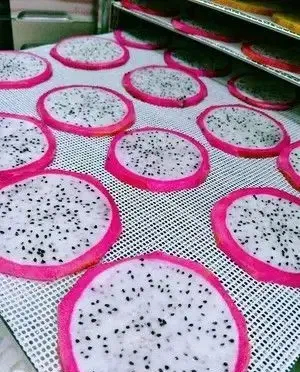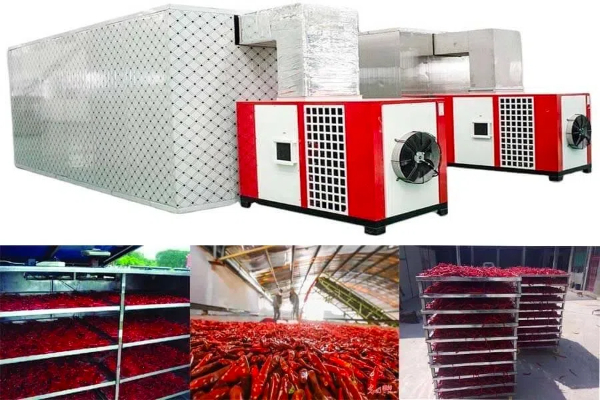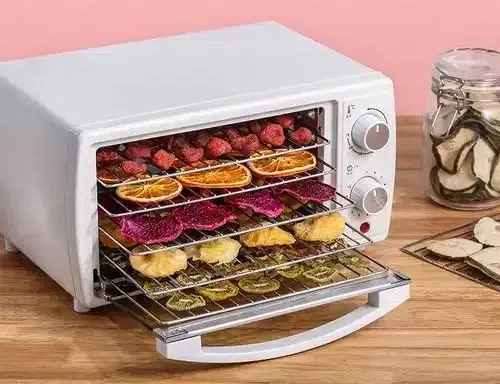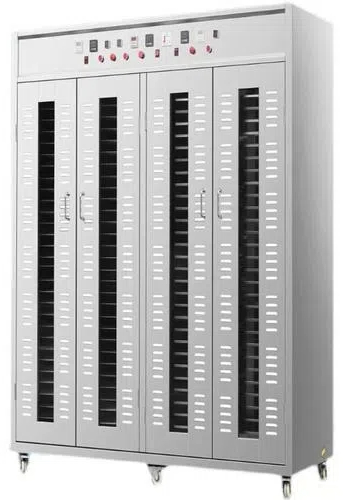
Content Menu
● Introduction
● Understanding Heat Pump Dryers
● Benefits of Using Heat Pump Dryers
>> Energy Efficiency and Cost Savings
>> Preservation of Nutritional Value and Flavor
>> Environmental Benefits and Sustainability
● Applications in the Food Industry
● Technological Advancements
● Challenges and Considerations
● Conclusion
● Frequently Asked Questions
>> 1. What are the main advantages of heat pump dryers over traditional dryers?
>> 2. Can heat pump dryers be used for all types of food?
>> 3. What is the typical lifespan of a heat pump dryer?
>> 4. Are heat pump dryers environmentally friendly?
>> 5. How do I maintain a heat pump dryer?
Introduction
Food preservation is a critical aspect of the food industry, ensuring that products remain safe and nutritious for consumption over extended periods. One of the most effective methods of food preservation is drying, which removes moisture and inhibits the growth of spoilage organisms. Among the various drying technologies available, heat pump dryers have emerged as a revolutionary solution, particularly in the United States. This article explores the application of heat pump dryers in food processing, highlighting their benefits, technological advancements, and future potential.

Understanding Heat Pump Dryers
Heat pump dryers operate on a principle similar to that of air conditioners and refrigerators. They utilize a refrigeration cycle to transfer heat from one place to another, effectively drying food products without the need for high temperatures. The process involves evaporating moisture from the food, which is then condensed and removed, allowing for efficient moisture extraction.
Unlike traditional drying methods that rely on direct heat or airflow, heat pump dryers maintain a controlled environment, which is crucial for preserving the quality of the food. This technology allows for lower drying temperatures, which helps retain the nutritional value and flavor of the products.
Benefits of Using Heat Pump Dryers
The advantages of heat pump dryers are numerous, making them an attractive option for food processors:
Energy Efficiency and Cost Savings
Heat pump dryers are known for their energy efficiency, often using up to 50% less energy than conventional dryers. This translates to significant cost savings for businesses, especially those with high drying demands.
Preservation of Nutritional Value and Flavor
The lower drying temperatures used in heat pump dryers help preserve the essential nutrients and flavors of the food. This is particularly important for health-conscious consumers who seek high-quality dried products.
Environmental Benefits and Sustainability
As the food industry moves towards more sustainable practices, heat pump dryers offer an eco-friendly solution. Their reduced energy consumption contributes to lower carbon emissions, aligning with global sustainability goals.
Applications in the Food Industry
Heat pump dryers are versatile and can be used in various applications within the food industry. They are particularly effective for drying fruits, vegetables, and meats. For instance, dried fruits retain their vibrant colors and flavors, making them popular snacks. Similarly, vegetables dried using heat pump technology maintain their nutritional integrity, appealing to health-conscious consumers.
Several case studies have demonstrated the successful implementation of heat pump dryers in food processing facilities. For example, a fruit processing company reported a 30% reduction in energy costs after switching to heat pump technology, while also improving the quality of their dried products.

Technological Advancements
The field of heat pump technology is continuously evolving, with innovations aimed at improving efficiency and effectiveness. Recent advancements include the integration of smart technology, allowing for better monitoring and control of the drying process. This not only enhances the quality of the dried products but also optimizes energy usage.
Future trends indicate a growing interest in hybrid systems that combine heat pump technology with other drying methods, further enhancing efficiency and product quality. As the demand for high-quality dried foods increases, the role of heat pump dryers in food processing is expected to expand.
Challenges and Considerations
Despite their many benefits, heat pump dryers do have some limitations. Initial investment costs can be higher than traditional drying systems, which may deter some businesses. Additionally, the drying process can be slower compared to conventional methods, requiring careful planning and scheduling.
When choosing a drying system, businesses should consider factors such as the type of food being dried, the desired moisture content, and the scale of production. Conducting a thorough cost-benefit analysis can help determine the best solution for specific needs.
Conclusion
Heat pump dryers represent a significant advancement in food processing technology, offering numerous benefits in terms of energy efficiency, product quality, and sustainability. As the food industry continues to evolve, the adoption of heat pump technology is likely to increase, paving the way for more innovative and environmentally friendly drying solutions.

Frequently Asked Questions
1. What are the main advantages of heat pump dryers over traditional dryers?
Heat pump dryers are more energy-efficient, leading to lower operational costs and better preservation of food quality.
2. Can heat pump dryers be used for all types of food?
Yes, they are versatile and can effectively dry a wide range of food products, including fruits, vegetables, and meats.
3. What is the typical lifespan of a heat pump dryer?
With proper maintenance, heat pump dryers can last 10-15 years, depending on usage and care.
4. Are heat pump dryers environmentally friendly?
Yes, they consume less energy and reduce carbon emissions compared to conventional dryers.
5. How do I maintain a heat pump dryer?
Regular cleaning of filters, checking for blockages, and ensuring proper airflow are essential for maintenance.












